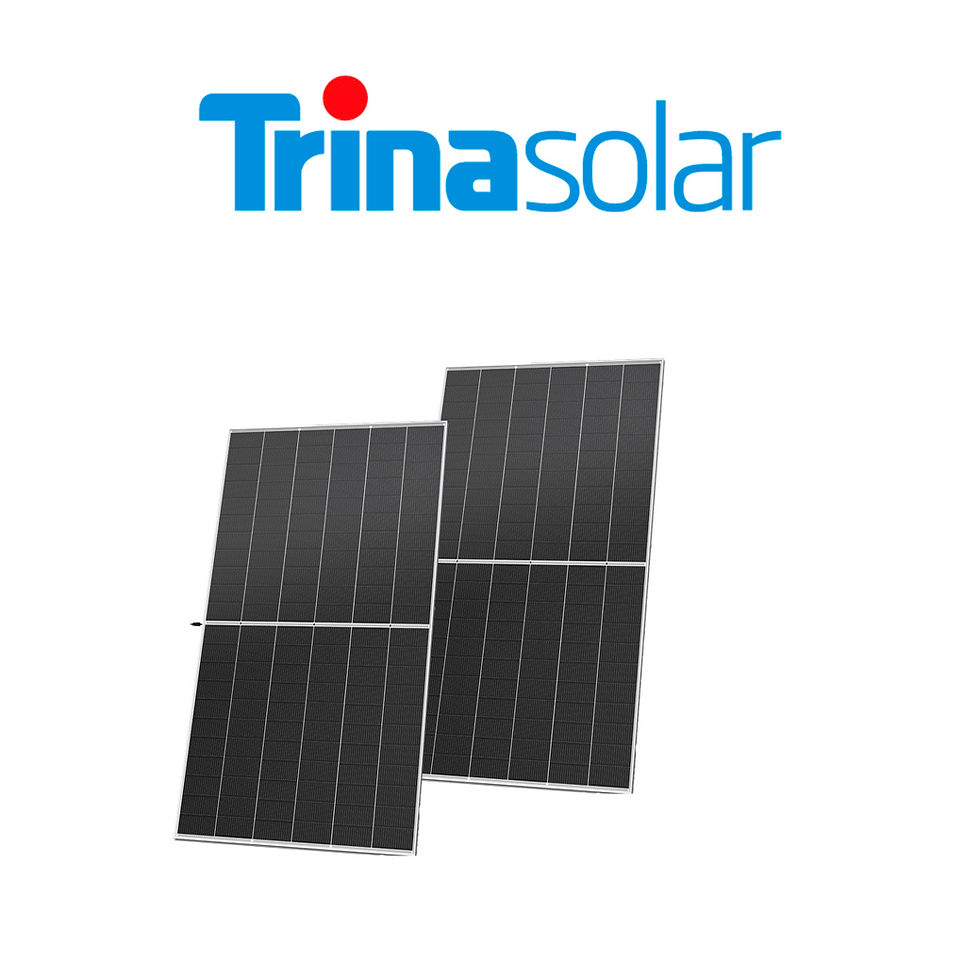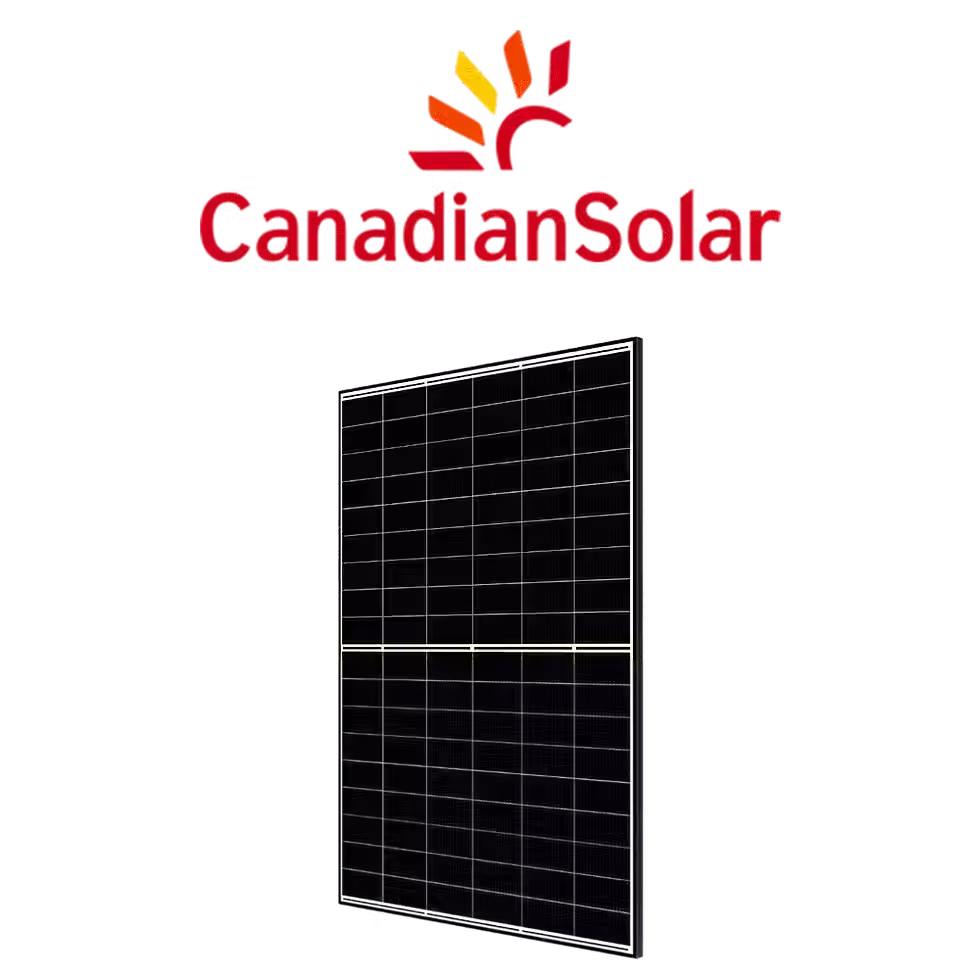Double-sided technology in photovoltaic modules
Double-sided modules have been around since the 1960s, but it was the development of passivated emitter rear cell (PERC) technology that significantly increased their efficiency and created the potential to be a disruptive player in the solar photovoltaic market.
That said, there are many variables that need to be addressed before double-sided modules can claim significant market share. Cost is a major factor an important factor.
As with standard solar modules, the cost of double-sided modules has dropped dramatically in recent years. Notably, as costs have decreased, the cost gap between single-sided and double-sided modules has also decreased. But is it enough to increase production to cover the additional costs? The answer is: it's complicated. Although the increase in the cost of equipment and installation costs of double-sided photovoltaic systems is not excessive, there are other factors that still prevent their widespread adoption.

For example, there are many unique design elements for double-sided systems that contribute to higher overall installation costs; in particular, the rear side of the modules. DC design, site location and installation can be more challenging for a double-sided installation than one with single-sided modules and this can create problems for investors. It is also quite difficult to accurately predict the increase in production for a system design, due to the many variables that affect the production of the back side.

There is no doubt that double-sided modules will increase energy production. The problem is how to accurately measure the cost of the double-sided system and how to accurately predict the energy production taking into account all the variables.
Results and studies have shown that double-sided modules can produce between 10 and 20% additional power compared to single-sided panels. If conditions are optimized and single axis trackers are adopted, the additional power can reach up to 30-40%.
It is important to keep in mind that we are looking for the optimal LCOE (leveled cost of electricity), not the maximum possible power. There are several ways to increase energy production, but many of these options are not affordable and therefore not practical on the market. For example, dual-axis tracking can increase power output, but it's still too expensive to recommend. So one of the main obstacles for double-sided modules in the market is the difficulty in creating accurate simulations and thus meeting the financial demands related to the additional costs.
Improved tests and models have been underway for years, and improvements in the available data regarding irradiation and geospatial data have greatly contributed to improving these simulations. There have also been many double-sided test sites built, double-sided studies undertaken, and double-sided installations completed providing real data. Indeed, despite all the obstacles and uncertainties, double-sided installations have grown rapidly over the past half-decade, from just 97 MW of global installed capacity in 2016, to nearly 6 GW in 2019.
Some of the best practice recommendations for optimizing your double-sided installation and achieving higher ROI and lower LCOE are as follows:
Site selection: The cost of the land affects how you can optimize the double-sided. For places where land is scarce and expensive, panels should be placed flat on the ground to ensure maximum energy harvest over a given area of land. However, where land is cheap, double-sided modules can have optimal spacing and therefore higher yields. Furthermore, bifacial yields are greater where the scattered light energy is greater, which means that at higher latitudes the bifacial yield will be greater than at lower latitudes.
High Albedo: The selected environment should have a high albedo. Desert sand is a good option. The best option is white concrete or highly reflective roofing film. Snow and ice also have a very high albedo

Panel Height: Varies from site to site, but 1 meter provided good value for money. Increasing the height of the panel also requires measuring other variables, such as wind speed and lifting from tilt, and therefore requires stronger ground supports.
Tilt: Varies from site to site, but single sided tilt has generally been shown to be 2 ~ 15 degrees more than single sided tilt.
Row spacing: Again, this varies from site to site, but row spacing of 6 to 8 meters has been shown to produce good results. Of course, you need to consider the land cost or space available, and if the land cost is too high, a longer row spacing will increase your LCOE. Ideally, somewhere that land is very cheap can be used to increase row spacing effectively.
Higher MPPT Density: Using string inverters with multiple MPPTs (maximum power point detection) is an effective way to reduce string mismatch and ensure efficient performance. The more MPPT per watt, the better.
Single-Axis Tracker: Researchers at the Solar Energy Research Institute in Singapore concluded that bifacial installations with single-axis monitoring can increase energy yield by 35% and achieve the lowest LCOE for most of the planet's land surface. Although two-axis trackers achieve maximum power generation, their costs are still too high and therefore are not as affordable. The researchers wrote: “In general, with the same mounting structure, the double-sided configuration outweighs the single-sided one. Tracker configurations significantly outperform fixed tilt configurations, with two-axis tracker installations yielding slightly more than one axis. "
Cost analyzes have shown that the cost of equipment and installation of a double-sided photovoltaic system will be approximately 5% higher than a comparable single-sided system.
Additionally, the data shows that the cost of adding a single-axis tracking system for optimal yields adds another 10% to equipment and installation costs compared to an equivalent installation without tracking. Therefore, a single-sided (1T) double-sided photovoltaic system can cost about 15% more than a comparable untraceable single-sided photovoltaic system.
The yields from a 1T double-sided system can be well above 20%, up to 35-39% in some cases if conditions can be optimized. After working with many calculations and going through many production models and spreadsheets, here is a table of reference values and examples to help understand some of the variables: It sounds like a simple calculation, but we have another hurdle to discuss, and it is the financial point of view of the equation.
Due to the uncertainty in modeling the cost and production of double-sided PV systems and the relatively small sample size of reliable performance data, investors are often unwilling to finance the full amount of production planned on the back. Therefore, investors could only value a portion of the modeled double-sided gain. For example, if a project had expected a 10% gain over an equivalent single-sided project, a lender could be expected to provide 10% more debt financing than the single-sided project. However, that lender may not value the full expected double-sided earnings, due to the uncertainties we discussed. They can value their projected double-sided earnings at only 50%, which means they would only offer 5% more debt financing than the single-sided project. And since debt financing is generally the cheapest form of financing, the uncertainties in the modeling and simulation phase end up adding financing costs to the project, thus increasing the LCOE.
In summary, the industry is still struggling to manage the output prediction variables of the double-sided modules and also to manage the costs of optimizing the power produced by the double-sided modules. Obstacles which, however, are destined to be overcome shortly with technological progress.






























